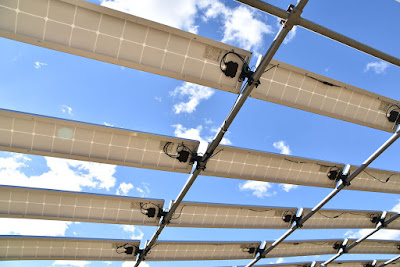Currently, the Japanese government is formulating a new mid-term plan for energy policy. This plan includes a target for the introduction of renewable energy in 2030, and the figures are attracting attention.
The draft of the plan was released on July 21, and in it, the target for Japan's introduction of renewable energy in 2030 was presented as 36% to 38%. Other than renewable energy, nuclear power accounts for 20% to 22%, and thermal power accounts for about 41%.
Unfortunately, this is not an ambitious goal at all, but given Japan's lagging status in the international community, it is a figure that will require a great deal of effort to achieve.
Among renewable energies, there is no other option but to greatly increase solar power, but here again, unfortunately, the target was not ambitious enough to introduce it. The figures remain very ambiguous.
The Japanese government did not adopt the private sector's proposal that two to three times the amount of solar power generation equipment will be needed compared to 2020. In this draft, the introduction target is stuck at 100 GW.
The reason for this was the reluctance to include farmland in the piling up of numbers on where to build more solar power plants.
However, additional 50 GW to 100 GW can easily be introduced by using agrivoltaics, and more steps should be taken to promote renewable energy that coexists with agriculture.






